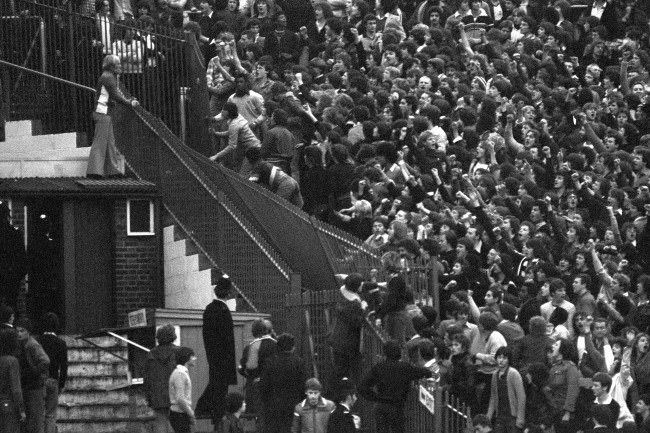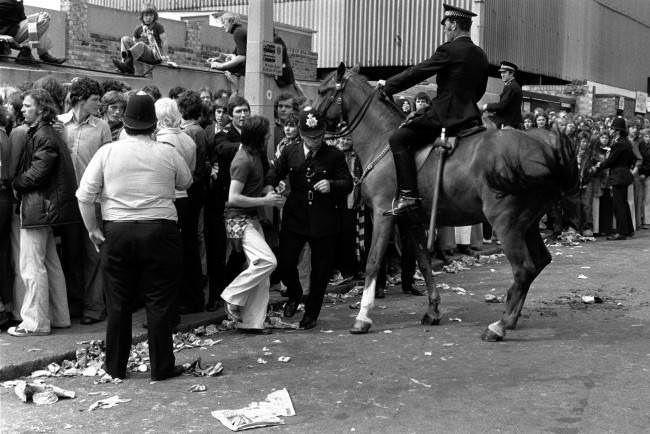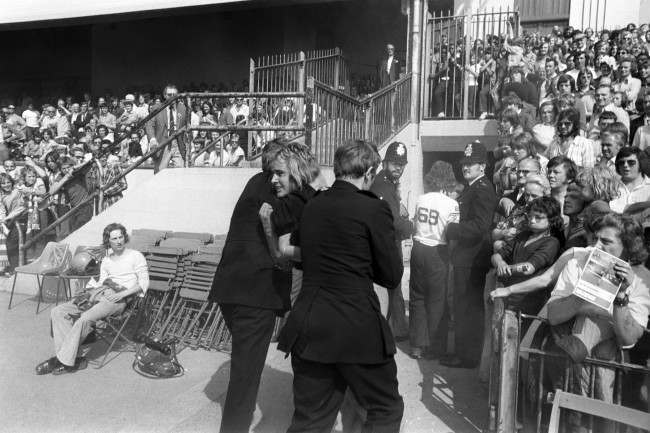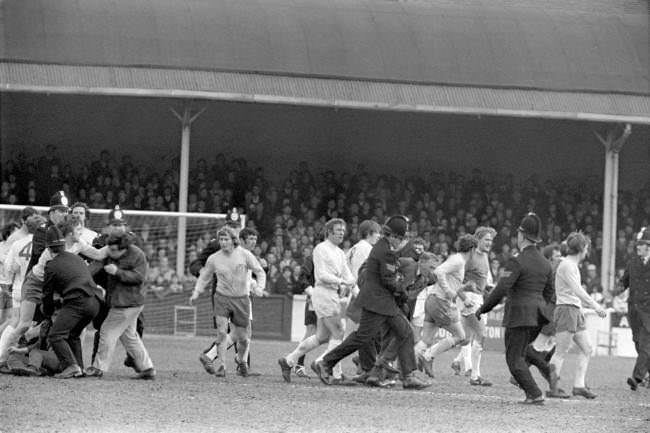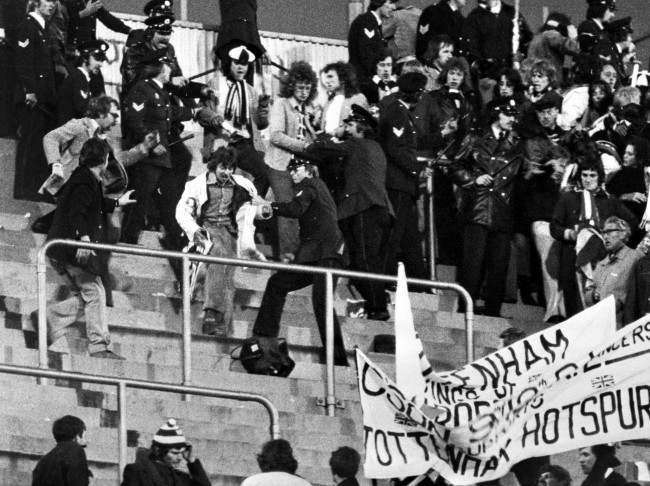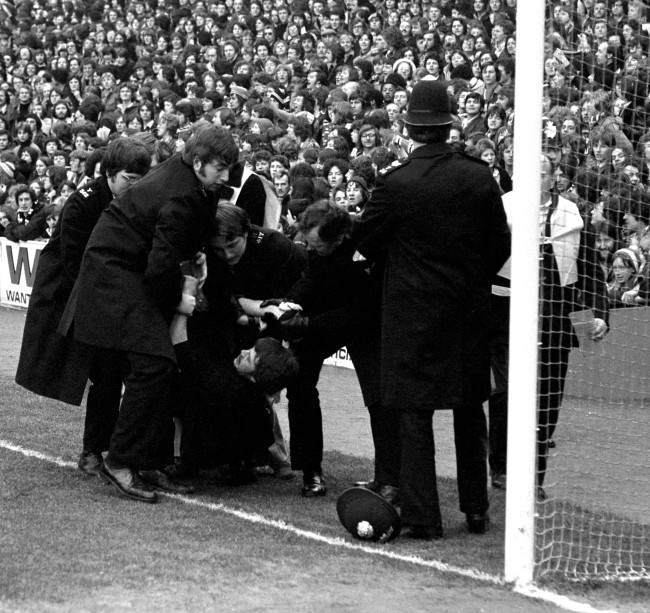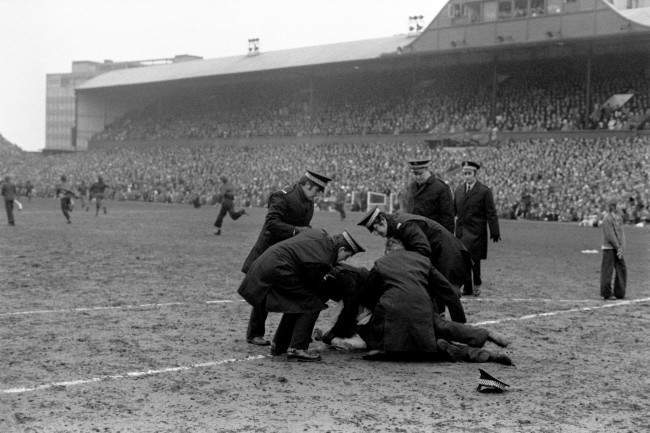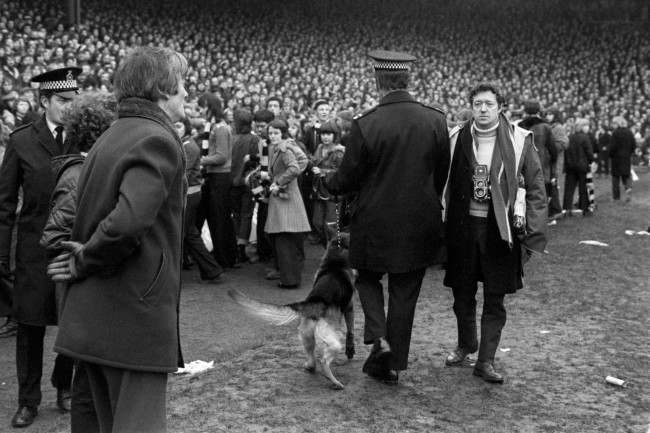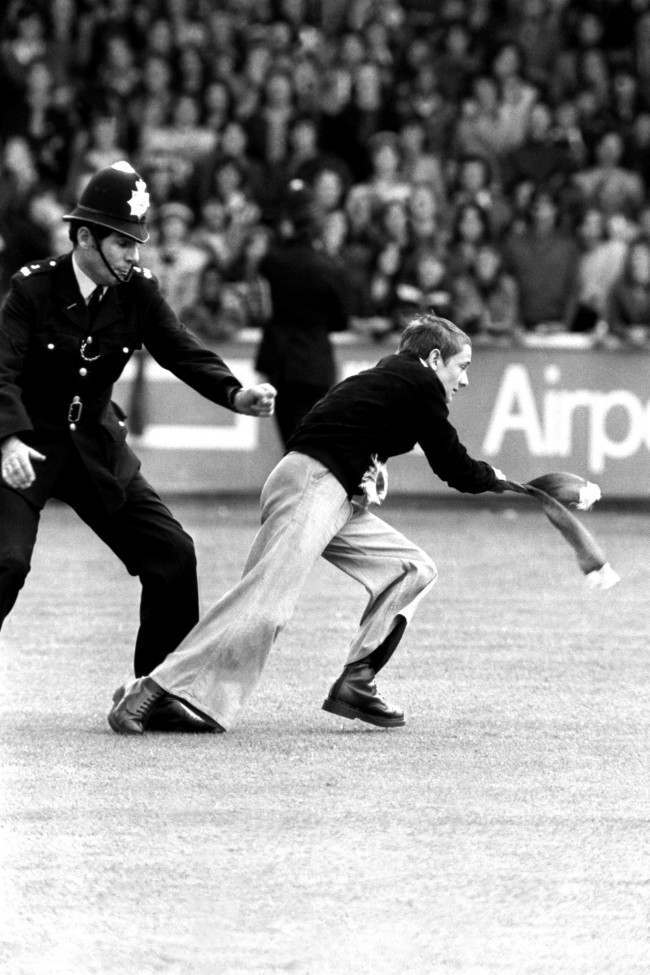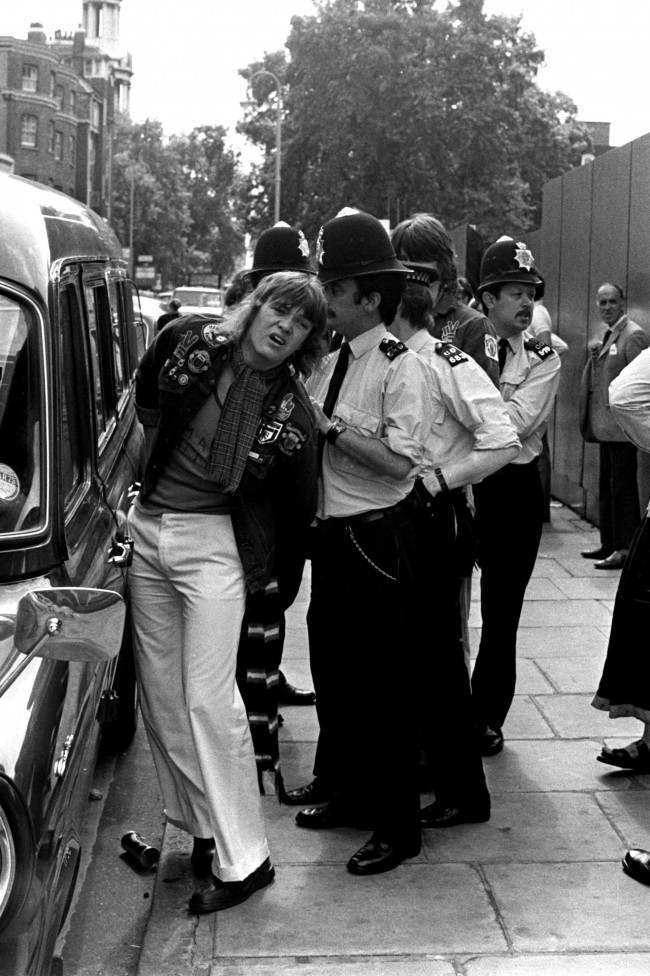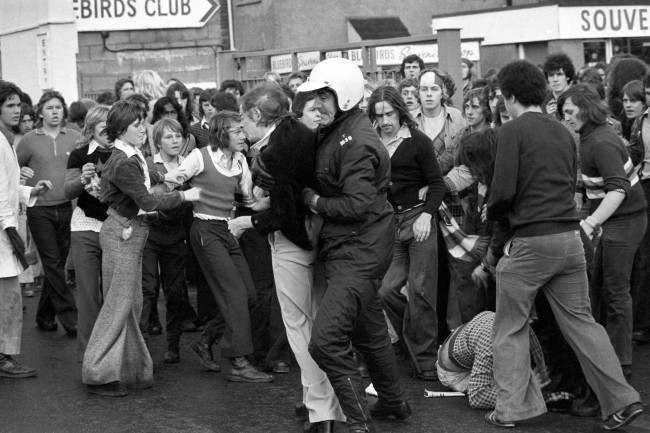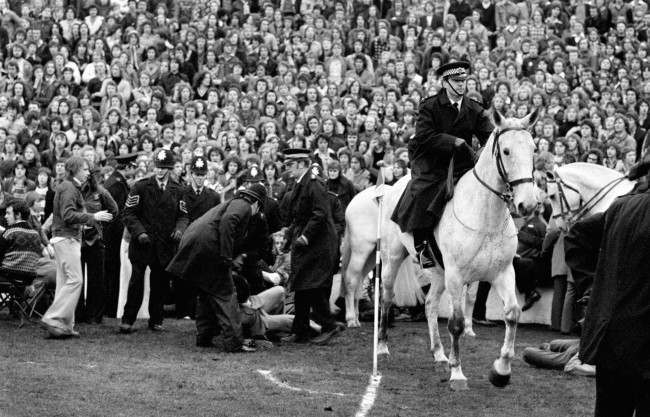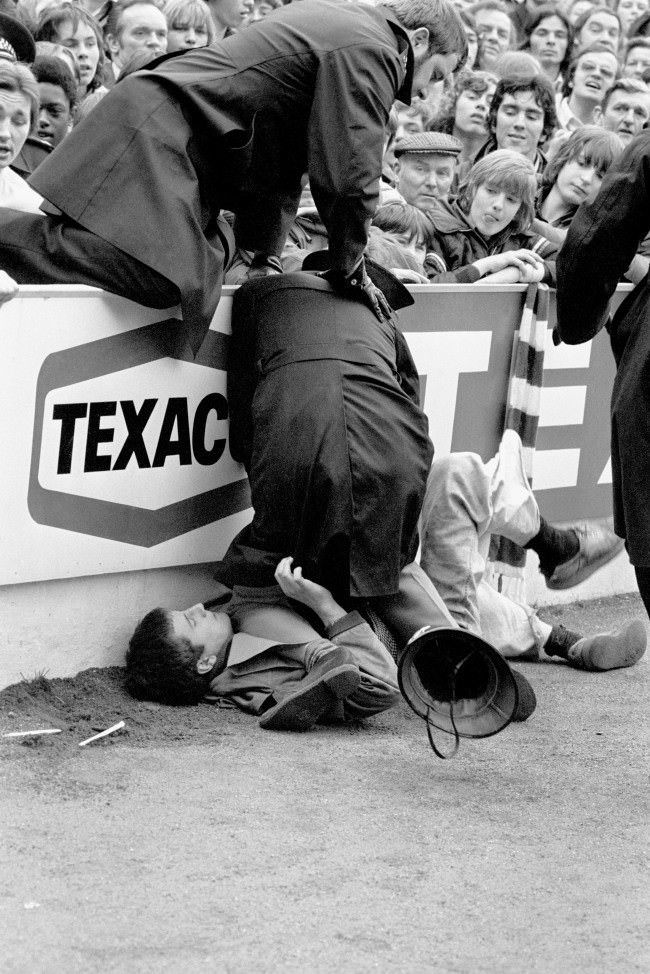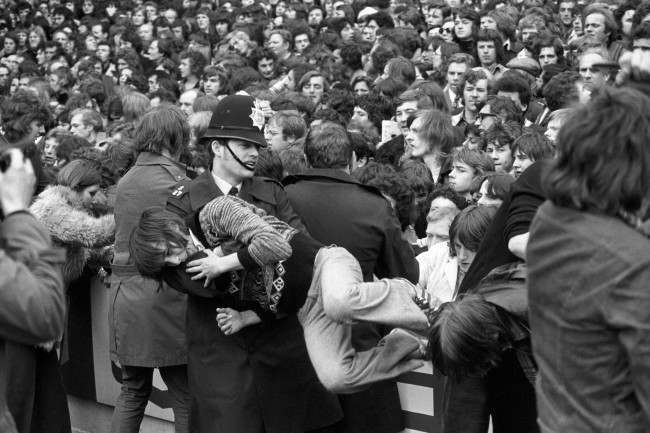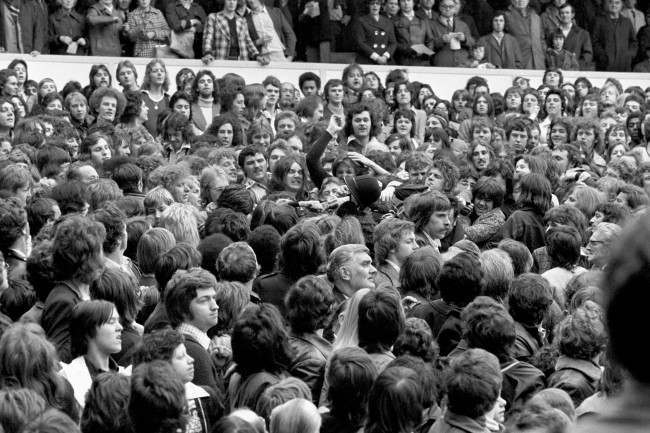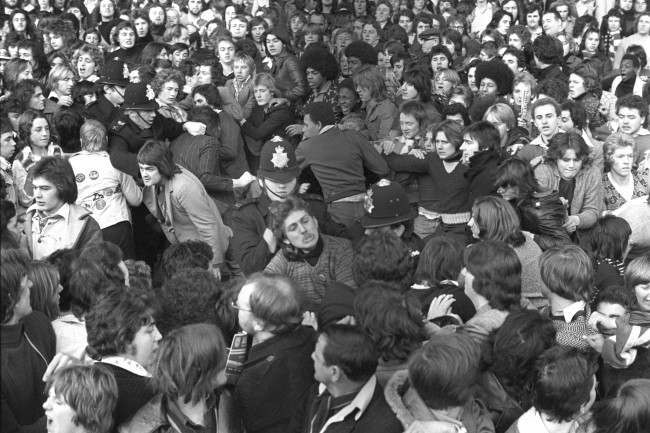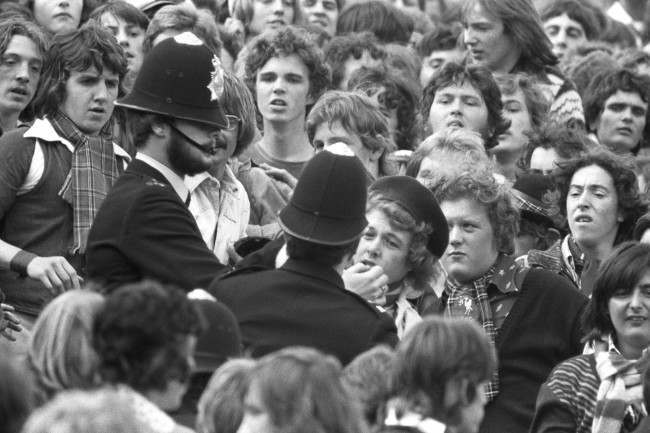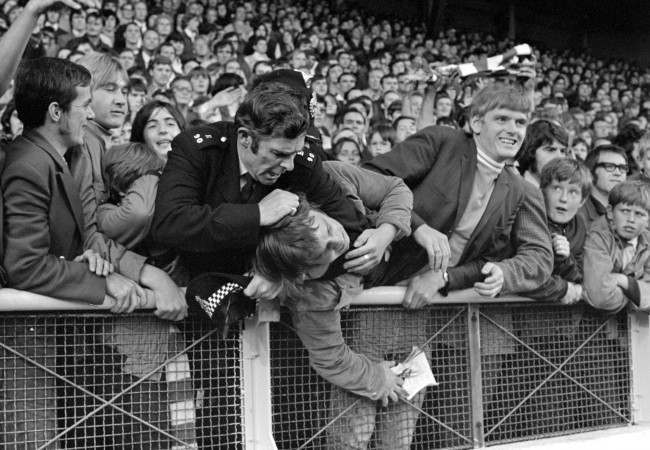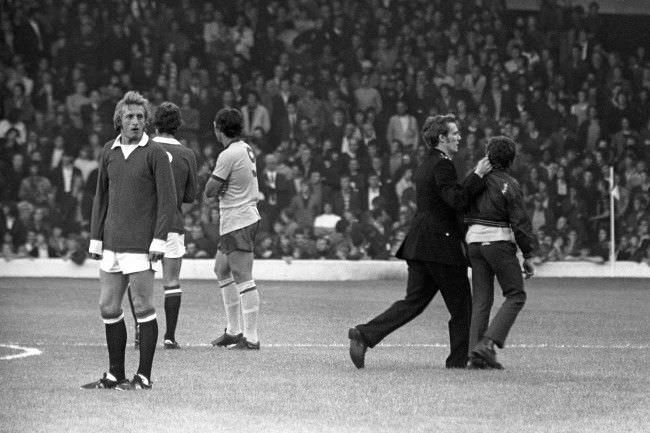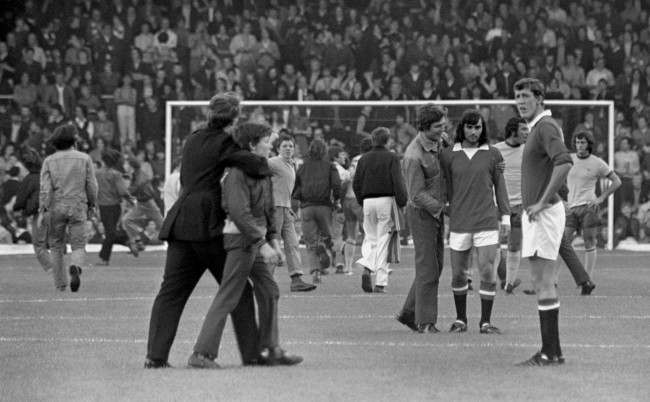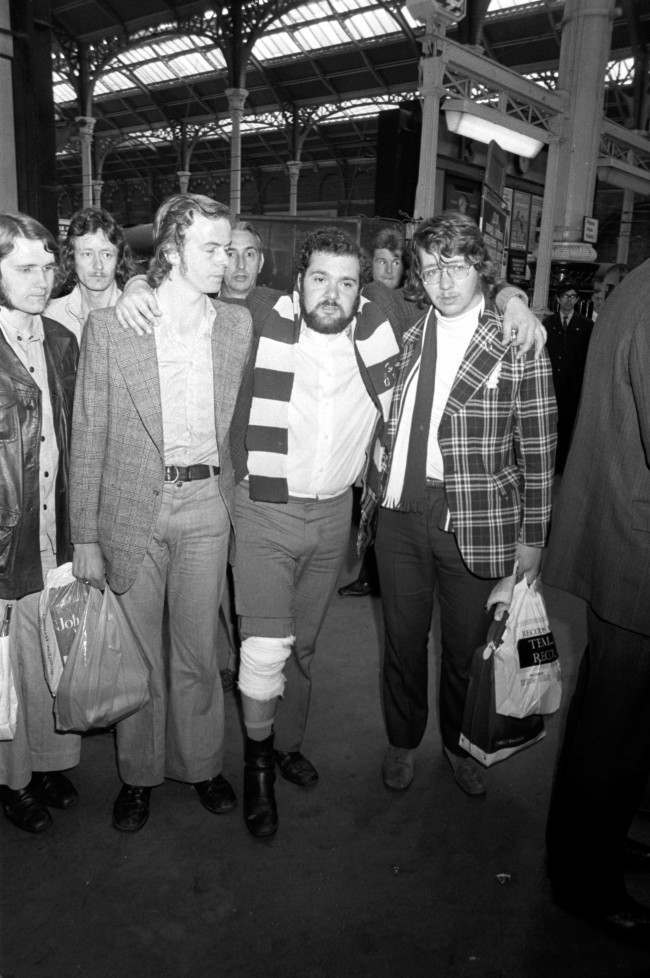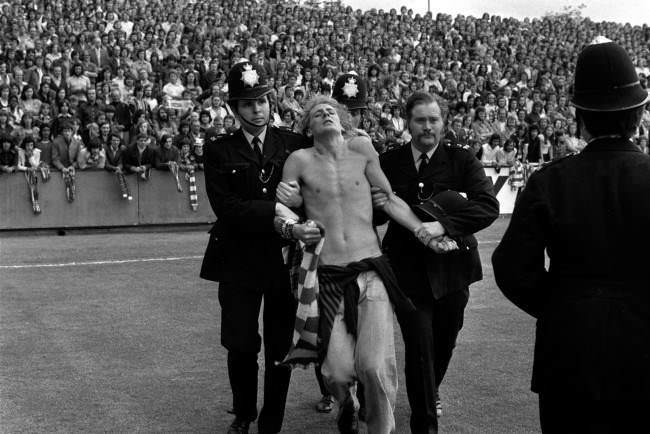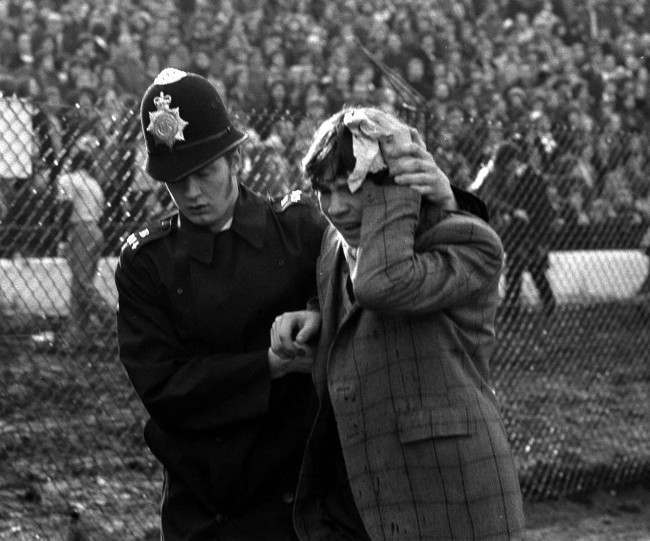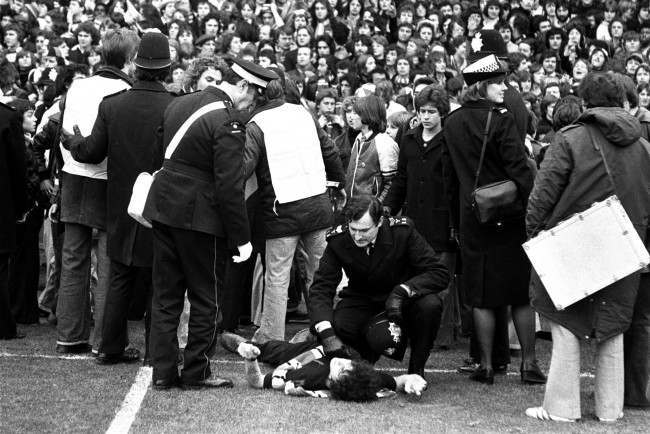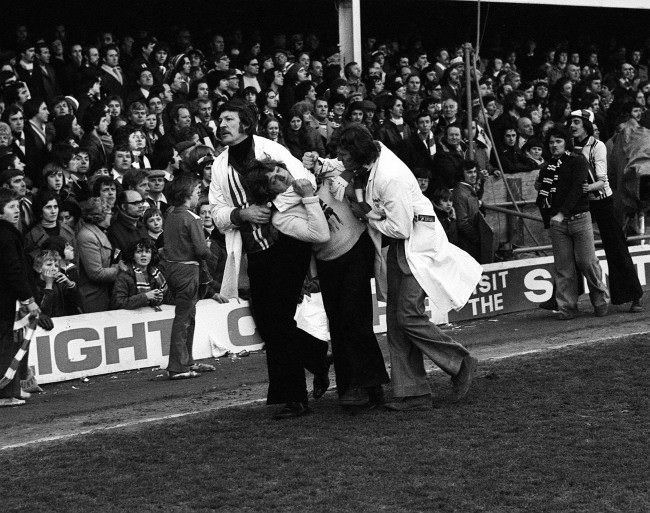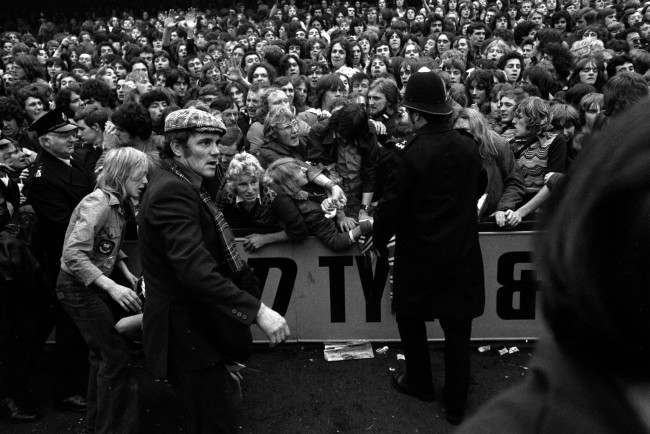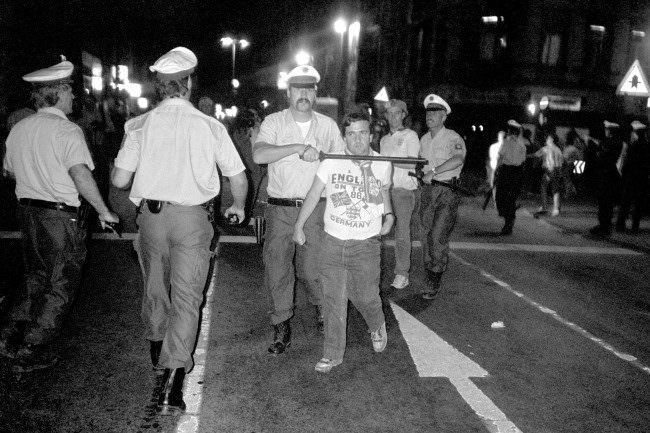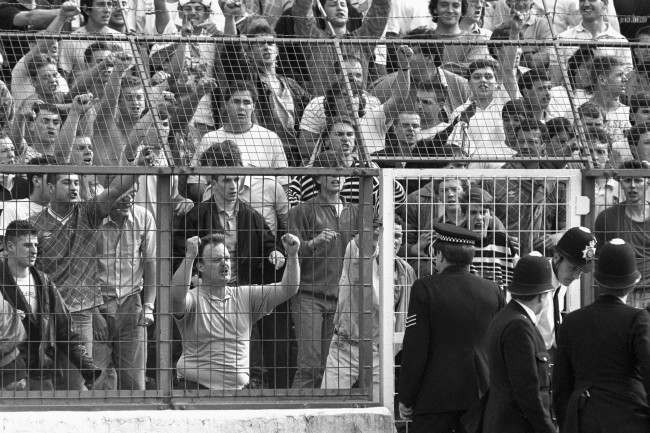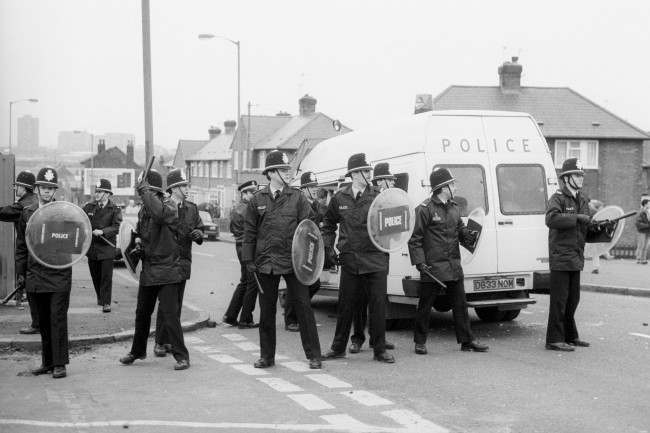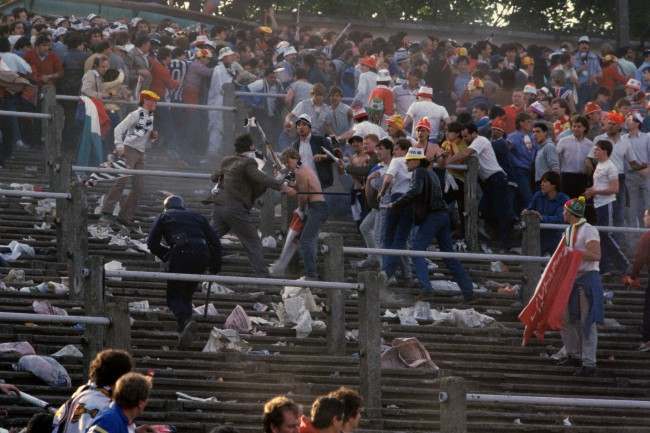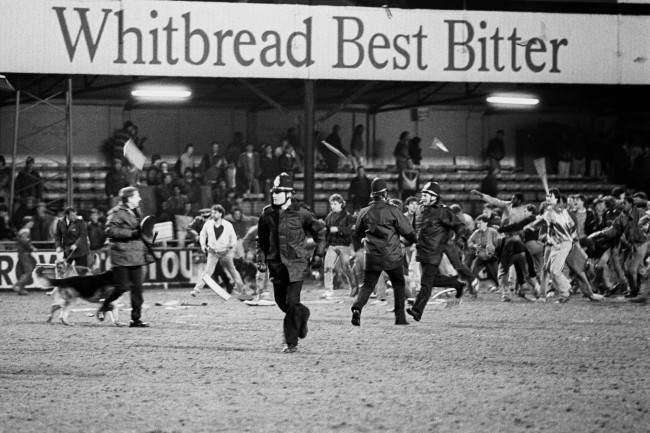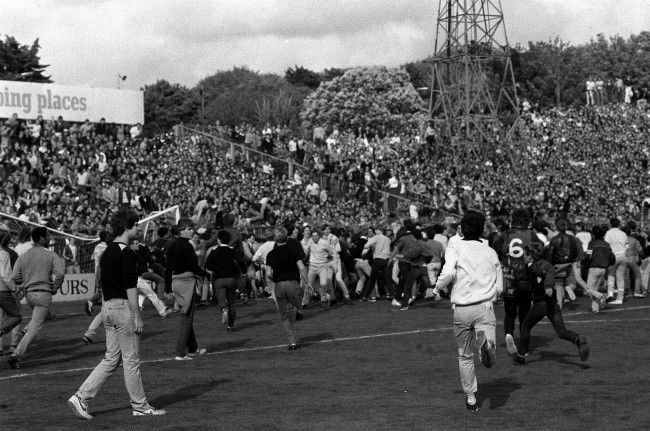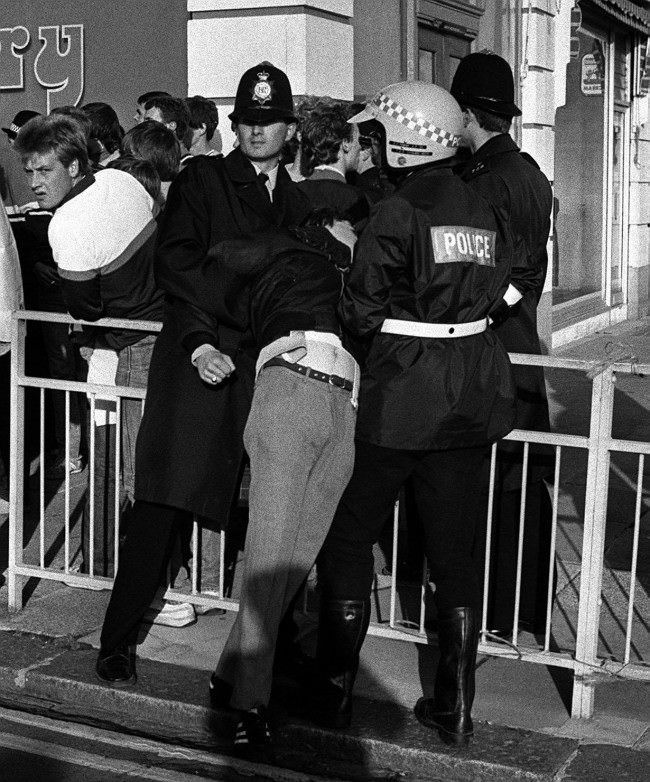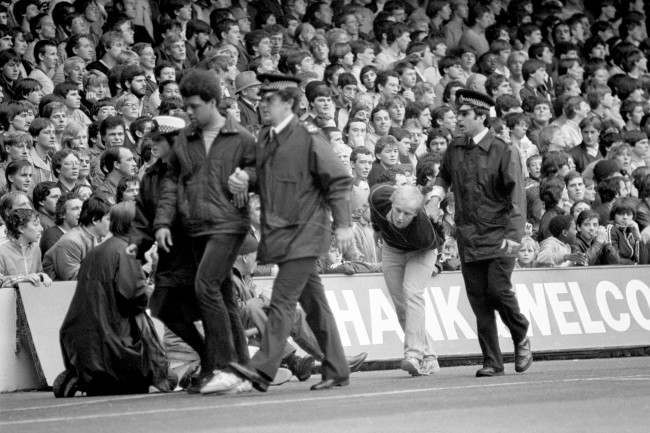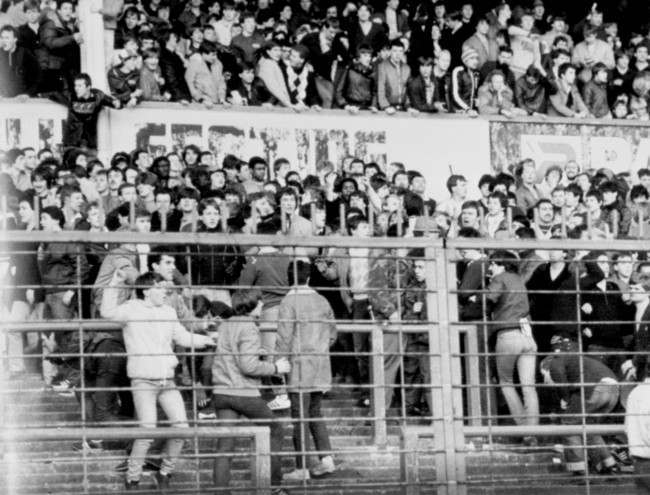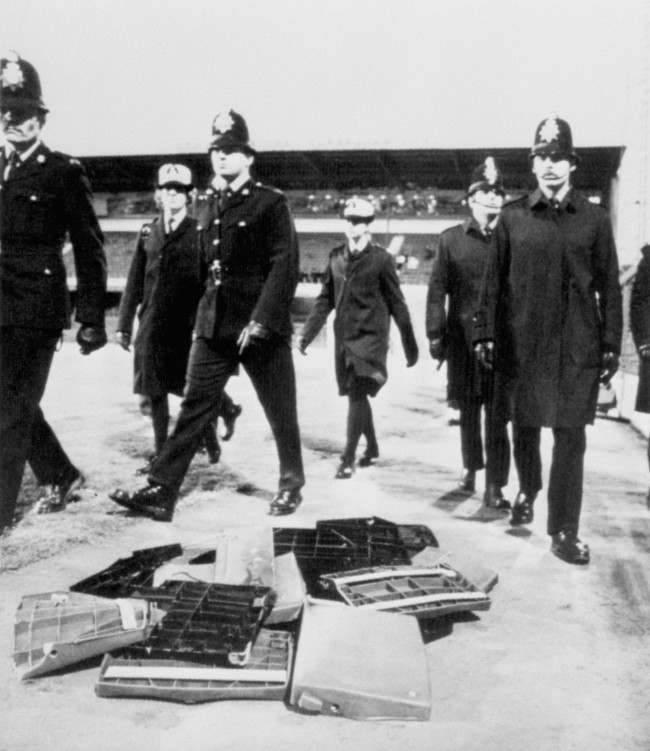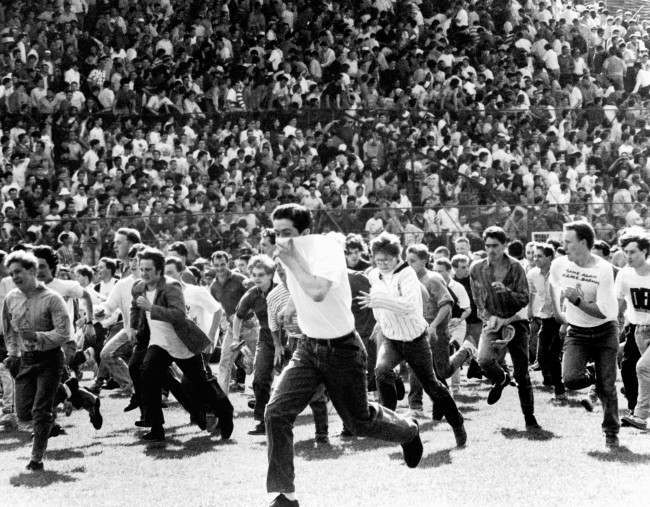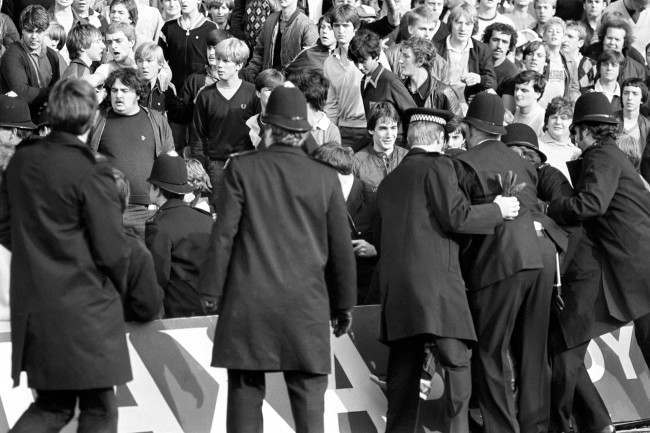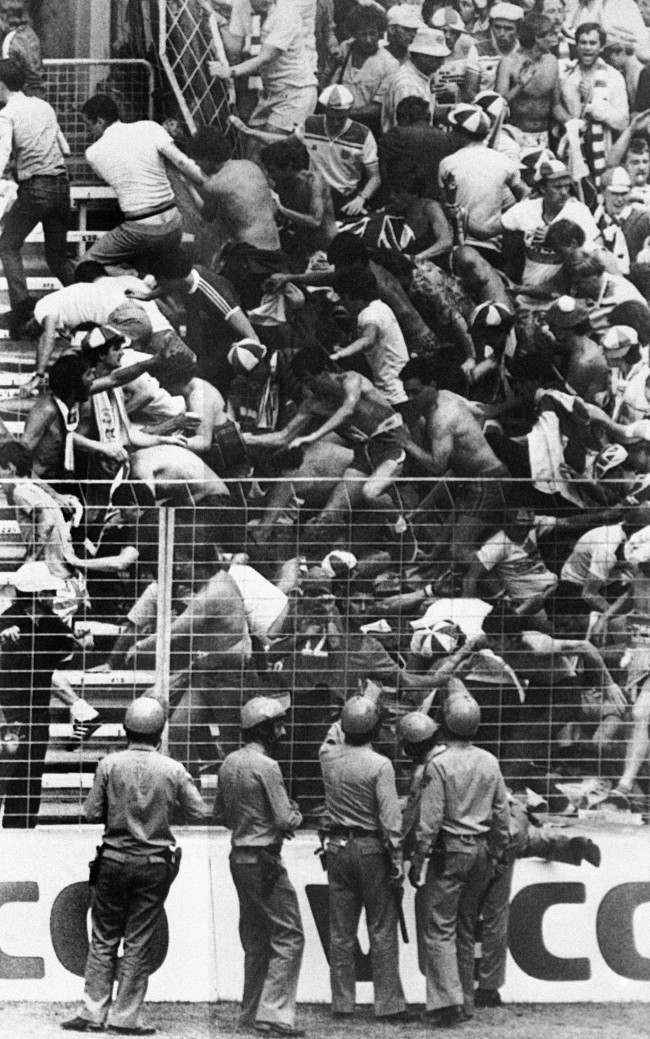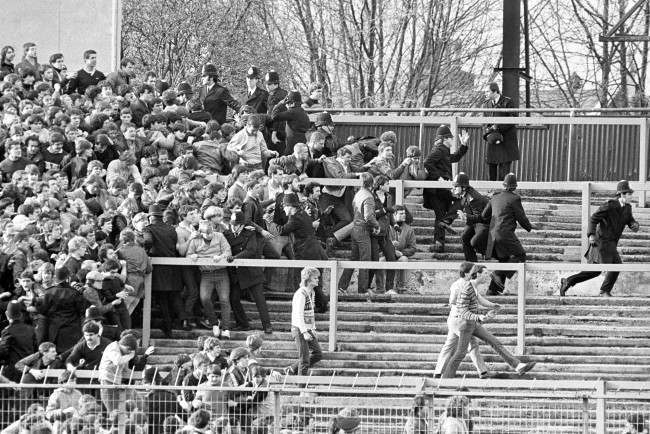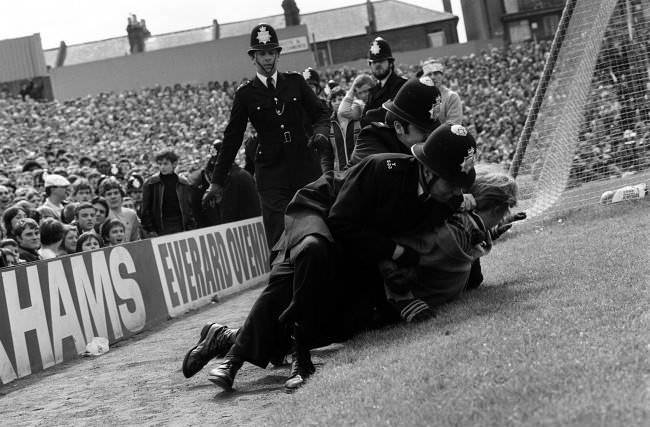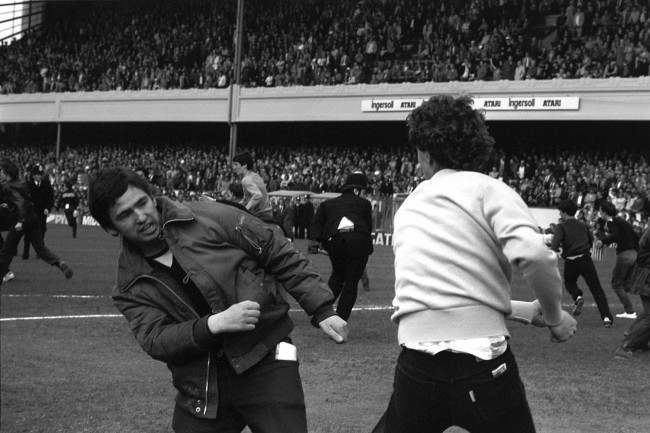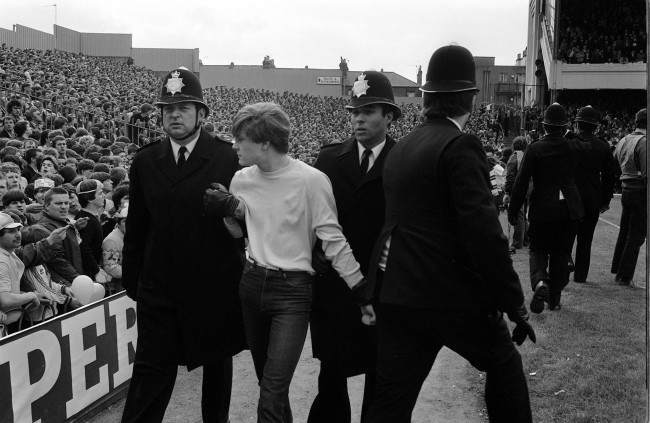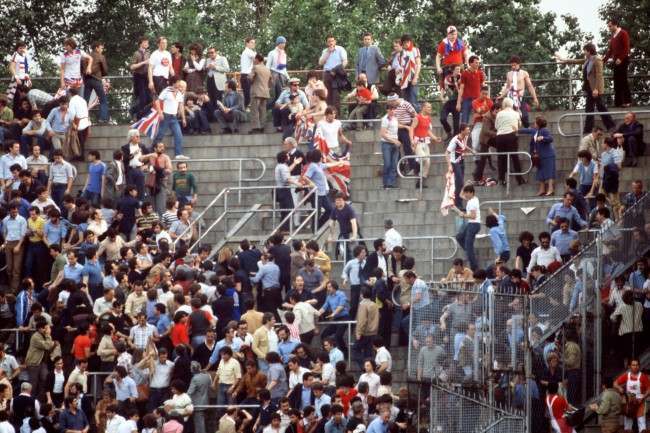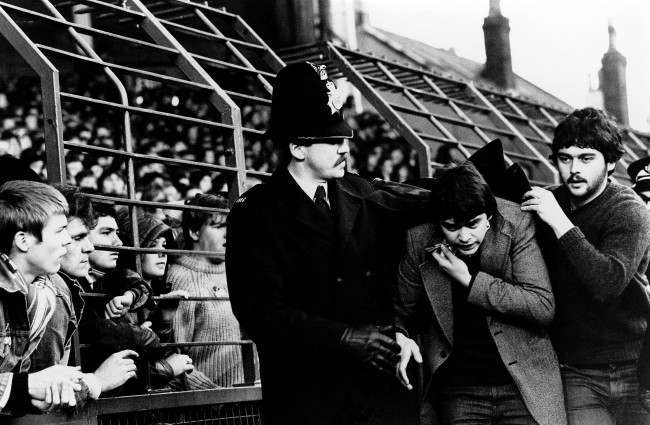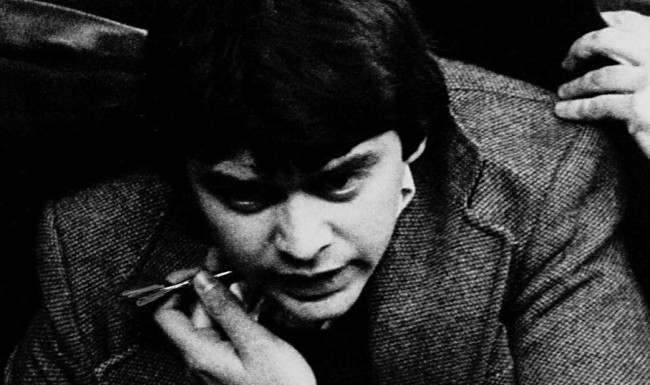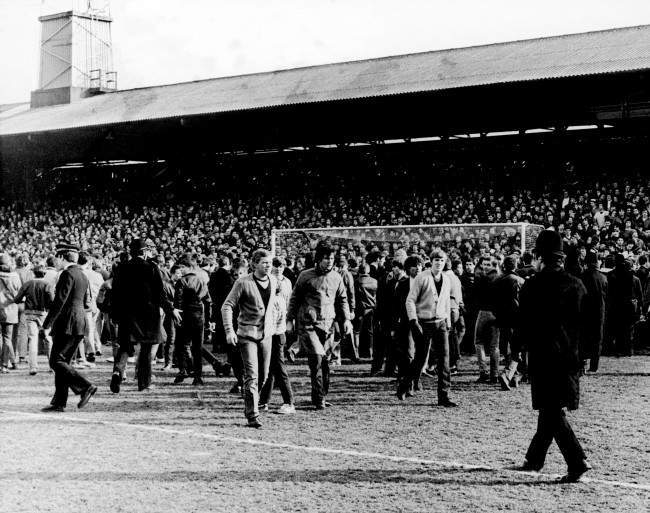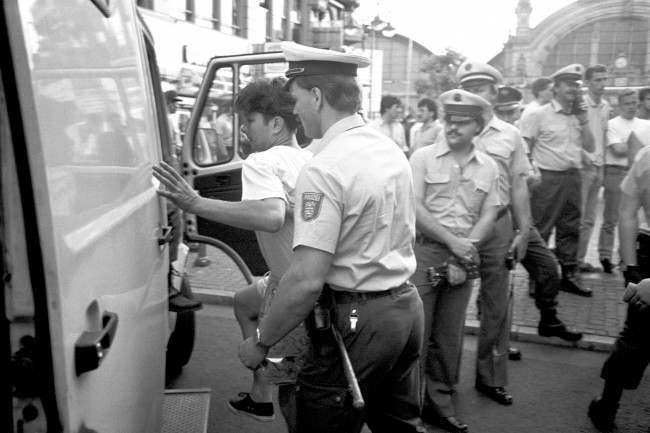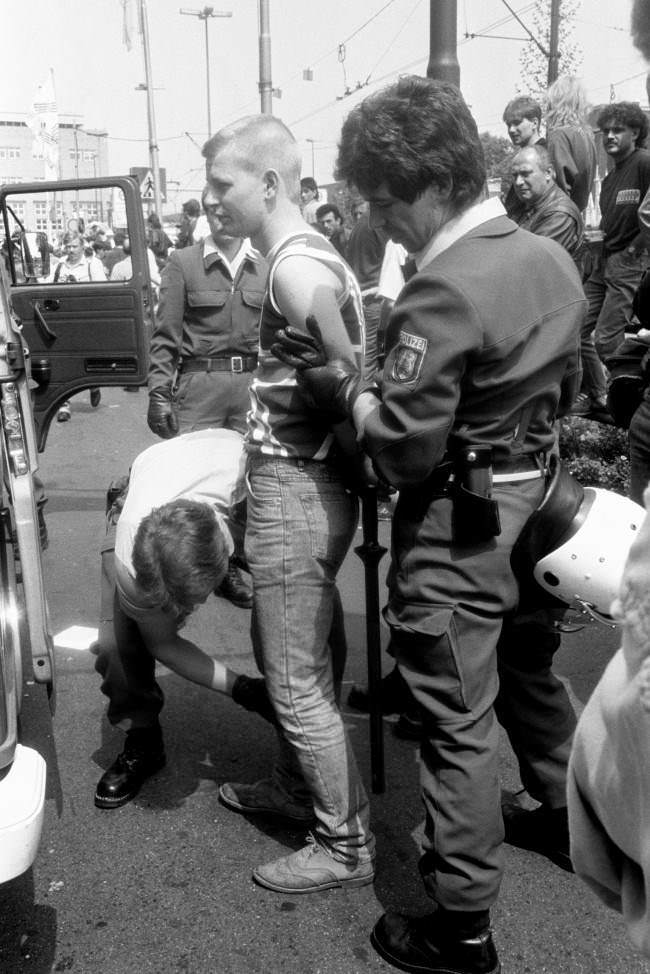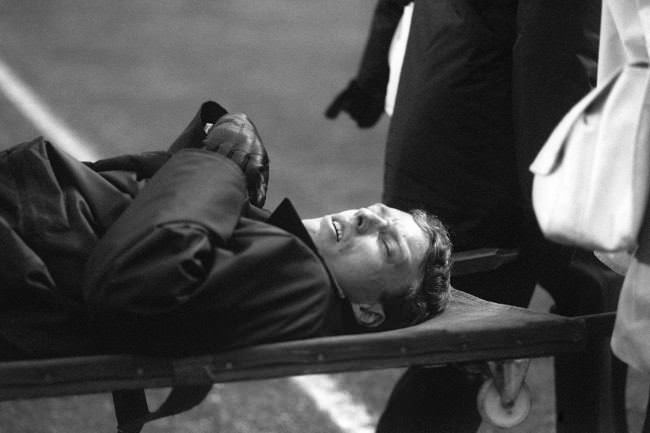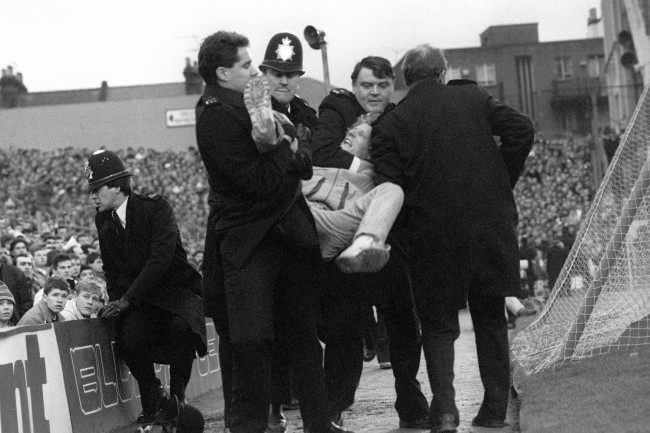During the 1970s to the 1990s, British football faced a serious problem with hooliganism. Football hooligans were fans who engaged in violent and disruptive behavior. They often fought with rival fans, causing chaos in and around stadiums. This behavior created a dangerous environment for players and other fans alike.
The rise of hooliganism was linked to a growing culture of violence in society. Many young men felt a sense of loyalty to their teams that sometimes led to aggressive actions. Groups of hooligans often formed “firms,” which were organized groups that would travel to matches together. These firms were known for their fierce rivalries and willingness to fight.
Police faced significant challenges when dealing with hooligans. Their main goal was to maintain order and ensure the safety of everyone at matches. Officers often had to prepare for violence, especially during high-stakes games. They would arrive in large numbers to control the crowds. This often meant deploying riot police equipped with helmets and shields.
Stadiums themselves were often unsafe. Many had poor facilities, and crowd control was lacking. This made it easier for violence to break out. In some cases, police were unable to prevent fights from happening. The chaos often spilled out into the streets after matches, leading to riots and destruction.
Read more
Several high-profile incidents highlighted the issues with hooliganism. One of the most infamous events was the Heysel Stadium disaster in 1985. During the European Cup final between Liverpool and Juventus, violence broke out. Fans clashed, leading to a wall collapsing and killing 39 people. This tragedy forced authorities to take a closer look at how to handle football violence.
In response to these events, the police began to change their tactics. They started using surveillance and intelligence to identify known hooligans. They would often ban these individuals from attending matches. Some were even given football banning orders, preventing them from entering stadiums altogether.
In the late 1980s and early 1990s, the introduction of all-seater stadiums aimed to improve safety. This change helped reduce the chances of violence during matches. By creating a more controlled environment, police could manage crowds more effectively.
Despite these efforts, hooliganism did not disappear entirely. Some firms remained active and continued to cause trouble. The police had to remain vigilant, especially during big matches or local derbies. The rivalry between teams often escalated tensions, leading to confrontations.
Media coverage also played a role in shaping public perception of football hooligans. News reports often highlighted the violence, creating a fear surrounding football matches. This led to increased scrutiny of fans and the police response to violence.
As the 1990s progressed, the situation began to improve. Many clubs and law enforcement agencies worked together to tackle the problem. They focused on creating a safer environment for fans. The efforts of the police, along with changes in stadium design, helped reduce violence significantly.


